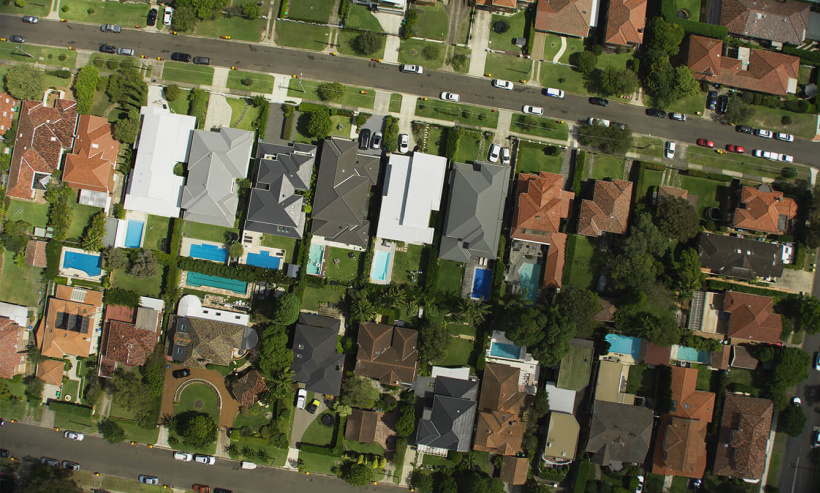



We also know you care about the big picture of the energy landscape, the transition to net zero, and how it could impact you. The good news is - gas has a critical role to play. You see, gas isn’t just supporting the energy transition, it’s in transition itself.
Renewable gases, like biomethane and renewable hydrogen, can help many homes, businesses and manufacturing sectors to lower emissions efficiently, without disruption. This is already happening, successfully, overseas.
Biomethane and renewable hydrogen are being demonstrated and produced right here and now - with the help of Jemena and other energy distribution networks around the country.
There are multiple technologies and alternative sources of energy that can assist us in securing a sustainable future. The task is too big, and too important to put all our eggs in one basket.
Renewable gas is part of the big picture, and can help Australia reach its emission reduction goals.
^ Learn more about why Australians love using gas in their home and businesses.

This year, MasterChef Australia is taking a new approach to 'cooking with gas'. Thanks to a world-first collaboration, contestants are cooking with renewable gas. Learn more.

In Germany, there are around 10,000 biogas plants which power 9.5 million houses. The industry provides 50,000 people with sustainable jobs and a sales volume of $13 billion Euros a year.
*Source: German Biogas Association
China is the world’s biggest user and producer of hydrogen. It’s now scaling up its renewable hydrogen production to decarbonise its steel and chemical industries. China is building the world’s largest hydrogen project. It’s expected to reduce carbon emissions by 1.43 million tonnes per year - that’s equivalent to planting 825,000 trees.
*Source: China Petroleum & Chemical Corporation
In Denmark, biomethane now makes up around 40 per cent of the gas network supply, and there are plans to push this to 100 per cent before 2030.
*Source: European Biogas Association Dec 2023
The U.S. has more than 2,300 biogas production facilities, including 475 farms, over 1200 wastewater treatment facilities, 97 systems that digest food scraps and 538 landfill gas sites.
*Source: American Biogas Council
France is rapidly expanding its renewable gas capacity. It built 151 biomethane plants in 2021, and 149 in 2022. And there are more than 870 projects in development.
*Source: European Commission
UK gas companies are blending up to 20% green hydrogen into natural gas pipe networks to some residential and industrial customers, and trialling 100% green hydrogen in selected areas, like the H100 Fife project*
*Source: SGN UK
At home, at work, or in a busy manufacturing plant, you wouldn’t know the difference. Renewable gas, like biomethane, is used in just the same way as natural gas. It can be delivered through existing network infrastructure and there’s no need to replace your gas appliances or change operations.
The difference? It has low emissions. It can be blended with existing natural gas supply, and could ultimately replace it.

Biomethane is made by capturing biogas from decomposing organic waste, like food waste, agri-waste and wastewater. The biomethane production process reduces waste to landfill, and can help us to lower emissions one flush at a time! But don’t worry, it smells and looks the same as the gas you use now.

Renewable hydrogen can be produced when renewable electricity, or certified renewable electricity, is used to split water into hydrogen and oxygen through a process called 'electrolysis'. The only outputs from hydrogen when it used for energy are heat and water vapours.